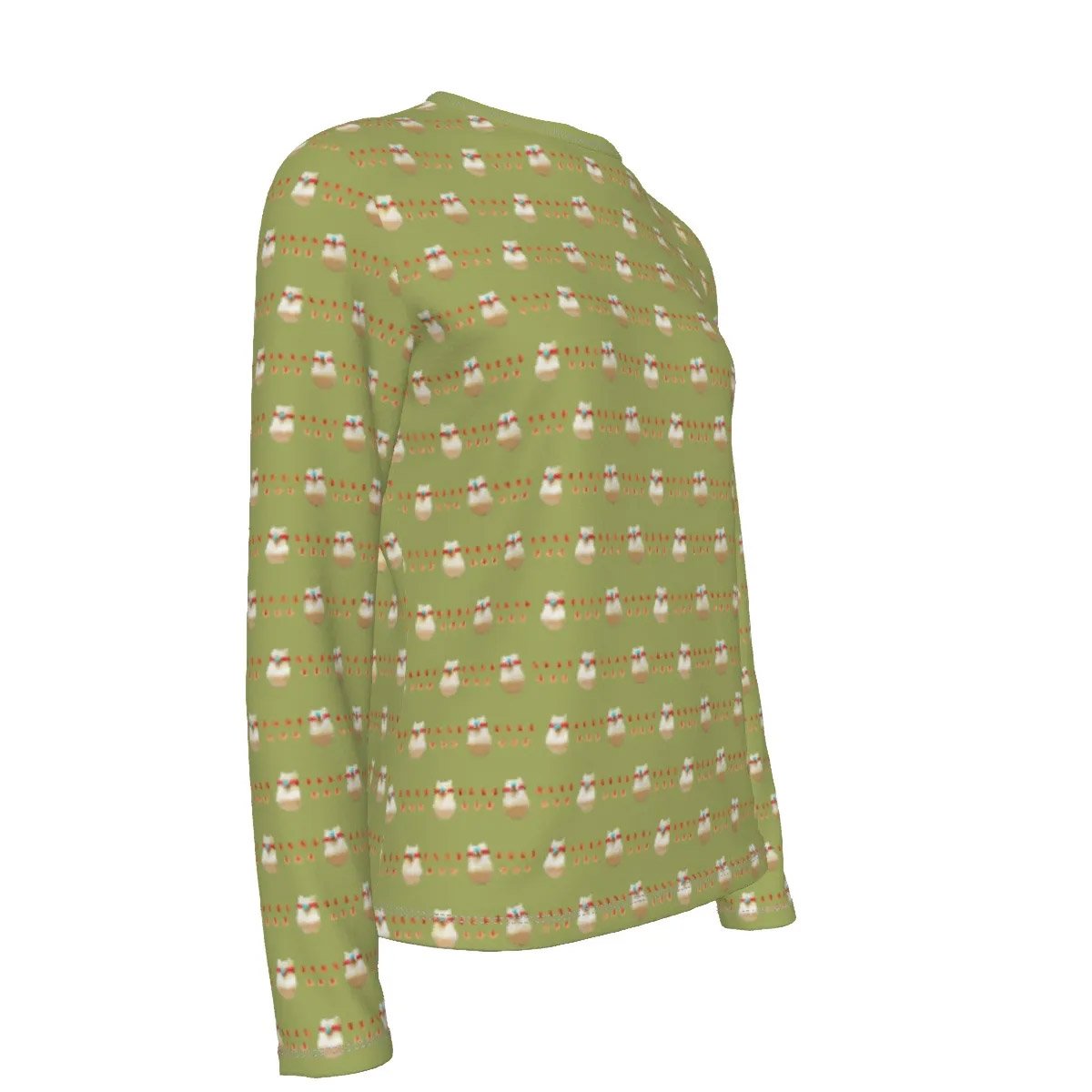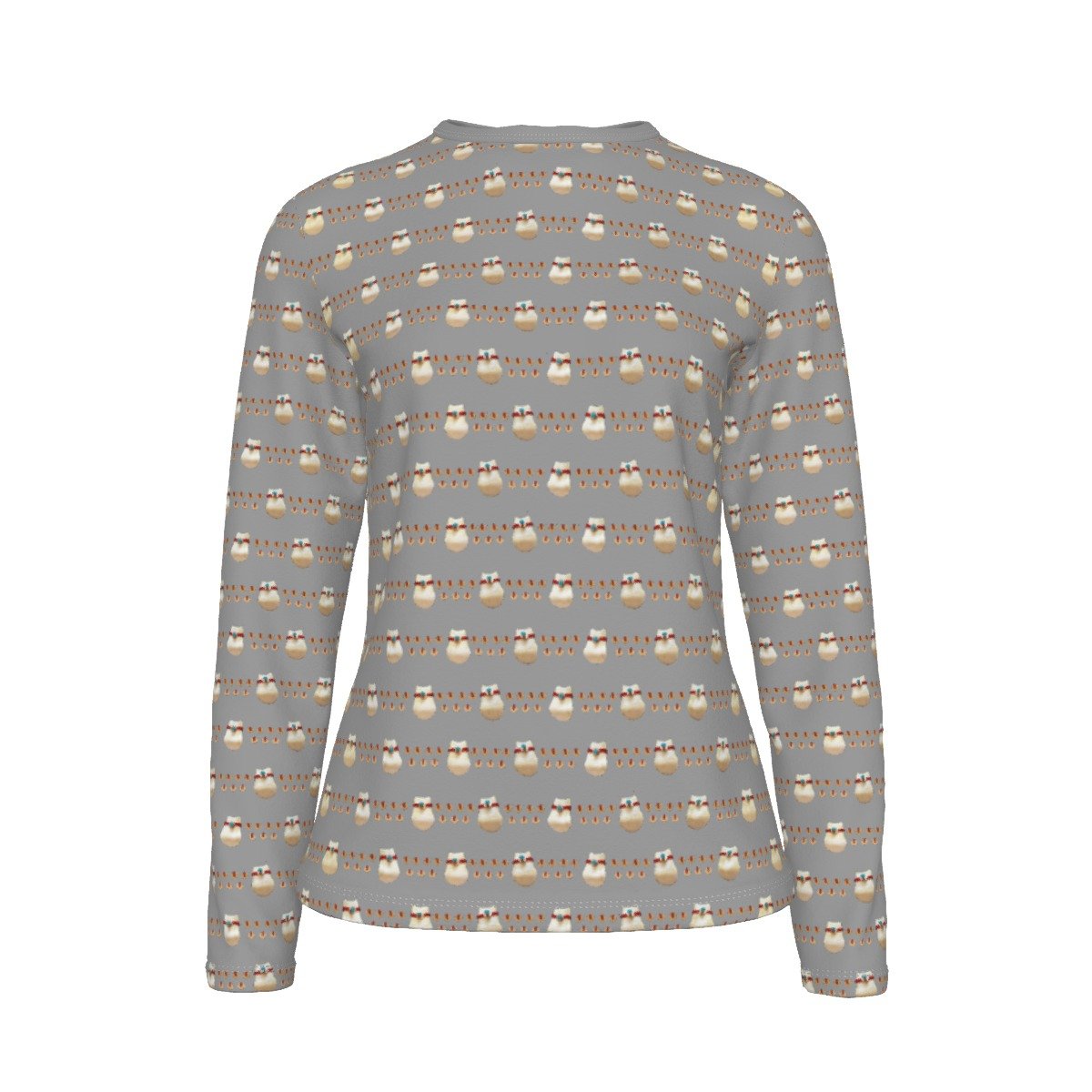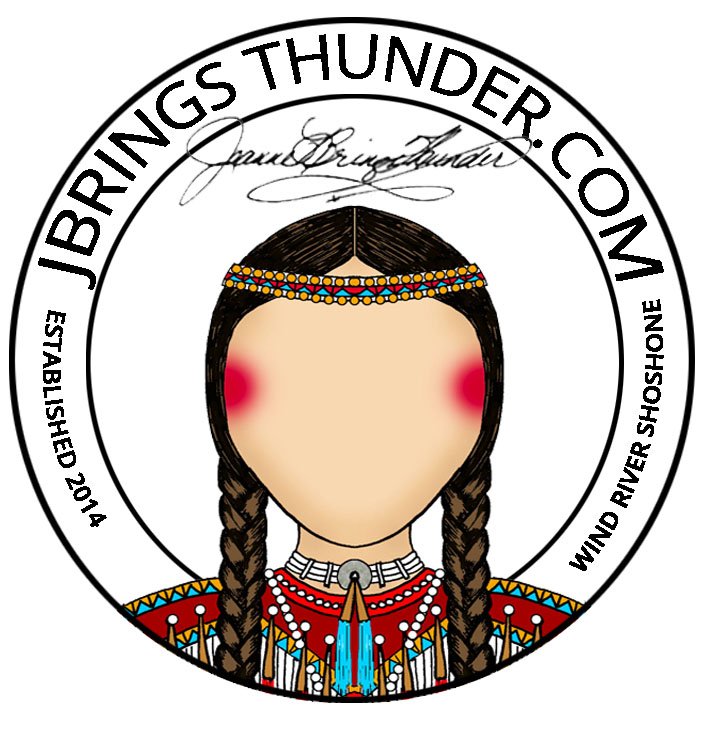

JBT Women's Elegant Classic Elk Tooth Top Crewneck Long Sleeve Work Slim Knit T-Shirt - Olive Green
$79.00


JBT Women's Elegant Classic Elk Tooth Top Crewneck Short Sleeve Work Slim Knit T-Shirt - Olive Green
from $69.00


JBT Women's Elegant Classic Elk Tooth Top Crewneck Long Sleeve Work Slim Knit T-Shirt - Turquoise Green
$79.00


JBT Women's Elegant Classic Elk Tooth Top Crewneck Short Sleeve Work Slim Knit T-Shirt - Turquoise Green
from $69.00


JBT Women's Elegant Classic Elk Tooth Top Crewneck Long Sleeve Work Slim Knit T-Shirt - Mauve Purple
$79.00


JBT Women's Elegant Classic Elk Tooth Top Crewneck Short Sleeve Work Slim Knit T-Shirt - Mauve Purple
from $69.00


JBT Women's Elegant Classic Elk Tooth Top Crewneck Short Sleeve Work Slim Knit T-Shirt - Pink
from $69.00


JBT Women's Elegant Classic Elk Tooth Top Crewneck Long Sleeve Work Slim Knit T-Shirt - Sage Green
$79.00


JBT Women's Elegant Classic Elk Tooth Top Crewneck Short Sleeve Work Slim Knit T-Shirt - Sage
from $69.00


JBT Women's Elegant Classic Elk Tooth Top Crewneck Long Sleeve Work Slim Knit T-Shirt - Burgundy Red
$79.00


JBT Women's Elegant Classic Elk Tooth Top Crewneck Short Sleeve Work Slim Knit T-Shirt - Burgundy
from $69.00


JBT Women's Elegant Classic Elk Tooth Top Crewneck Long Sleeve Work Slim Knit T-Shirt - Yellow Ochre
$79.00


JBT Women's Elegant Classic Elk Tooth Top Crewneck Short Sleeve Work Slim Knit T-Shirt - Ochre Yellow
from $69.00


JBT Women's Elegant Classic Elk Tooth Top Crewneck Long Sleeve Work Slim Knit T-Shirt - Turquoise Blue
$79.00


JBT Women's Elegant Classic Elk Tooth Top Crewneck Short Sleeve Work Slim Knit T-Shirt - Turquoise Blue
from $69.00


JBT Women's Elegant Classic Elk Tooth Top Crewneck Long Sleeve Work Slim Knit T-Shirt - Black
$79.00


JBT Women's Elegant Classic Elk Tooth Top Crewneck Short Sleeve Work Slim Knit T-Shirt - Black
from $69.00


JBT Women's Elegant Classic Elk Tooth Top Crewneck Long Sleeve Work Slim Knit T-Shirt - Smoke Grey
$79.00


JBT Women's Elegant Classic Elk Tooth Top Crewneck Short Sleeve Work Slim Knit T-Shirt - Grey
from $69.00


JBT Women's Elegant Classic Elk Tooth Top Crewneck Long Sleeve Work Slim Knit T-Shirt - Saddle Brown
$79.00


JBT Women's Elegant Classic Elk Tooth Top Crewneck Short Sleeve Work Slim Knit T-Shirt - Ochre Yellow
from $69.00







